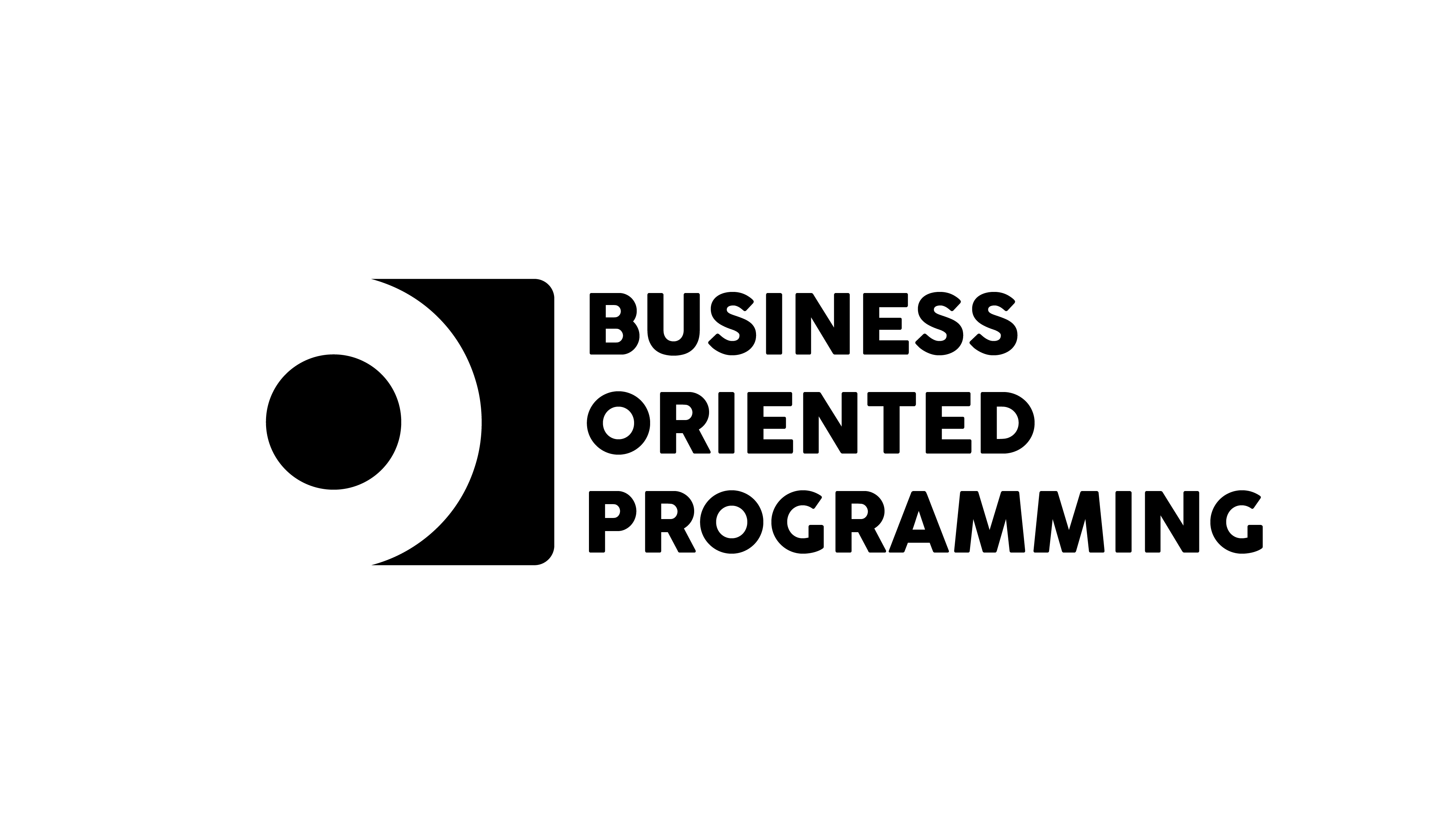No. 4 Make sure you can compete before you start.
Benchmark your way to success by uncovering competitor strengths, industry standards, and untapped opportunities to ensure your product dominates.
The Bear on the Chessboard
When I think of competing, I’m reminded of a great comic. Two people are sitting in the woods when a bear jumps out and starts chasing them. One panics, while the other calmly puts on running shoes. The first asks, “Why are you doing that? You can’t outrun a bear!” The other replies, “I just need to be faster than you.”
This is a brilliant metaphor for business—you don’t have to outrun everyone in your industry. You just need to be better than those closest to you. However, business is not a simple sprint in sneakers. It’s a complex world where victories are often decided by the most mundane things. What matters is not only what your business does but also how, why, and how you communicate it.
In the programming world, we often dive into coding because an idea seems great. But before you write your first line of code, ask yourself: is it even worth it? It’s not about whether your idea is important to you—it always will be as its creator. The real question is: will it find a place in the market, or is it just excitement that might lead you astray? To avoid becoming like the crowd in “Madagascar,” manipulated into sacrificing ideas to a volcano, benchmarking comes to the rescue.
What is benchmarking?
I could start with a business textbook definition of benchmarking, but there are so many, often diving into unnecessary details. I prefer sharing knowledge in the simplest way, so here’s my take:
Benchmarking is the process of comparing features.
The only problem with this definition is understanding what a “feature” is. Intuitively, we know what a feature is, such as screen size in a phone or cover hardness in a book—physical or functional features. Good benchmarking helps you understand what competitors offer, the industry standards, and where you can find your advantage. Let’s focus on * functional benchmarking* first, as a good product will defend itself, while even the best communication cannot save a bad product. This comparison process happens constantly in your mind during product creation—you compare with competitors, just as your customers will.
How to define features?
There are several ways to define a product’s features, but I’ll present the one I recommend—especially if you’re deciding whether to invest your most valuable resource, time, into building a project. I assume you know the industry you plan to enter and the companies and products within it. After all, your product idea must have come from somewhere—you have a Unique Selling Point (USP) and reasons for customers to believe in it (reason to believe). If you haven’t defined these yet, now’s the perfect time.
Imagine you know what product you want to build or who you want to compete with. You intuitively picture your product’s features, like a 7-day free trial. Then comes the first question: do other companies offer something similar? You start benchmarking: researching competitors, browsing their websites, and checking their offers. Maybe one company offers 3 free days, another 14, and another none at all. You record this in your benchmarking document.
During research, you might find other interesting insights. For instance, some companies offer an hour of free onboarding—“Buy our product, and we’ll help you start for free.” That’s no coincidence. Companies don’t offer such things randomly—they do it because they believe it matters to their customers. If you plan to compete in the same industry, your potential customers will compare these features too.
Create a document detailing competitors’ features. This will help you understand industry standards and determine if you can compete and how.
The Functional Benchmarking Process
Functional benchmarking takes time, but it’s one of the best investments you can make. By the end, you’ll have the latest industry knowledge and a comprehensive view of what exists in the market and how customers react to it. This knowledge not only helps refine your product but also inspires new ideas and improvements.
-
Find competitors. Select 10–15 companies in your industry. Use Google, ChatGPT, X, YouTube, or ask industry authorities.
-
Gather information. Browse their websites, documentation, advertisements, social media, and videos. If possible, test their products, contact support—in short, conduct thorough research (as discussed in Content is King. Research is Princess)).
-
Create a feature table. List companies in the first column and key features in subsequent columns. Fill the table based on your research, describing how each feature is implemented by competitors.
-
Evaluate each feature. Assign points (0–5), assessing how well a feature is implemented—add comments describing the execution. If a company offers something unique, mark it as a standout and give 5 points. After all, they’re unmatched in this aspect.
-
Draw conclusions. Summarize your research, identifying each company’s strengths and weaknesses. Many features will be industry standards—these are your “must-haves.” For example, no one today imagines a phone without a web browser. If your product lacks such basics, it may not be worth developing.
Summary
Benchmarking is like starting a chess game. You see the pieces, know where the king is, and have a plan for checkmate. Benchmarking helps you understand which features are standard and which can be your competitive advantage. A well-executed process also allows you to assess whether entering a market is worthwhile—sometimes it’s better to know early that something is out of reach.
Make sure you can compete before you start.
Alex
P.S.: Next week, I’ll present an example of functional benchmarking for 12 boilerplates.




